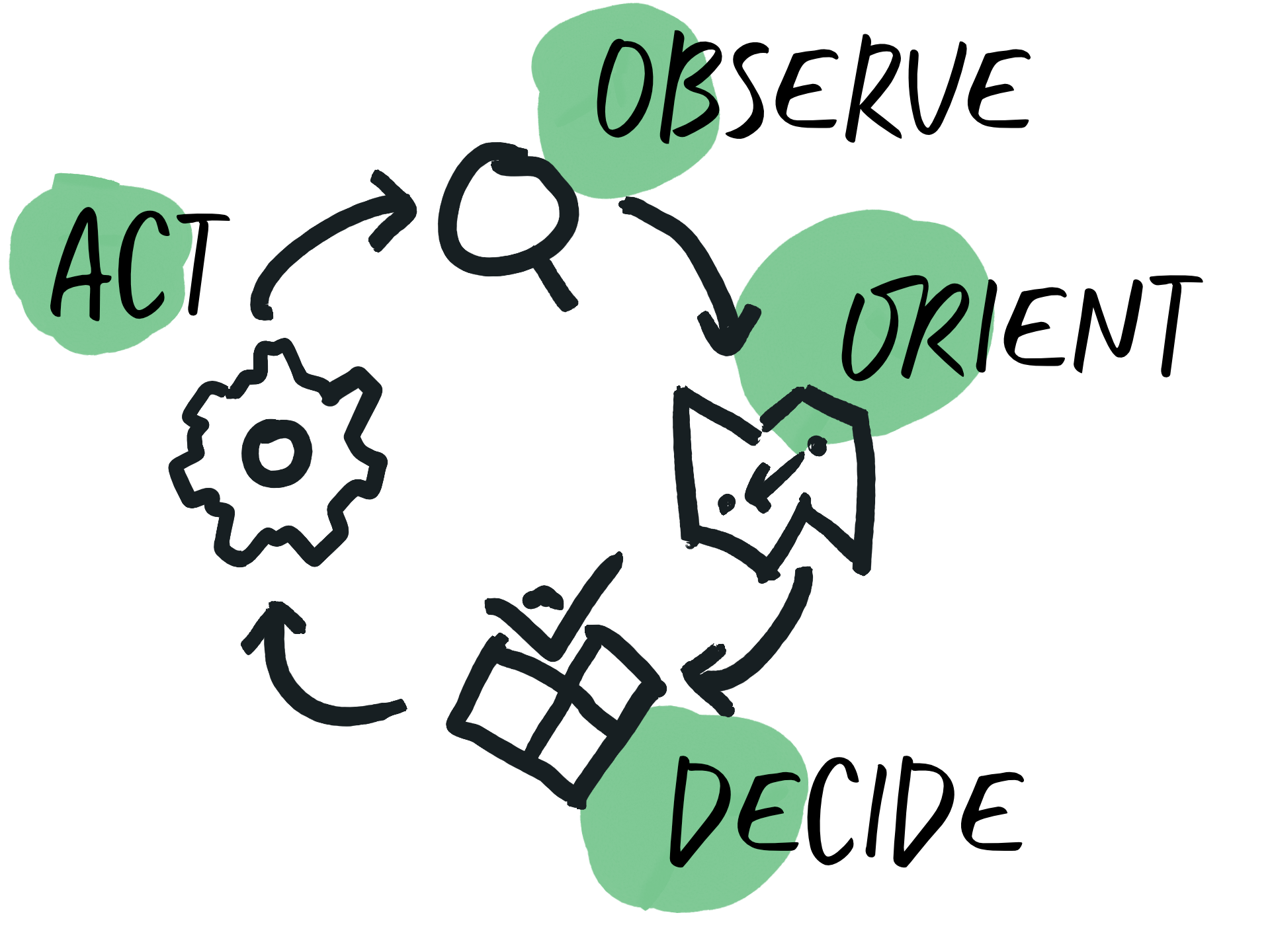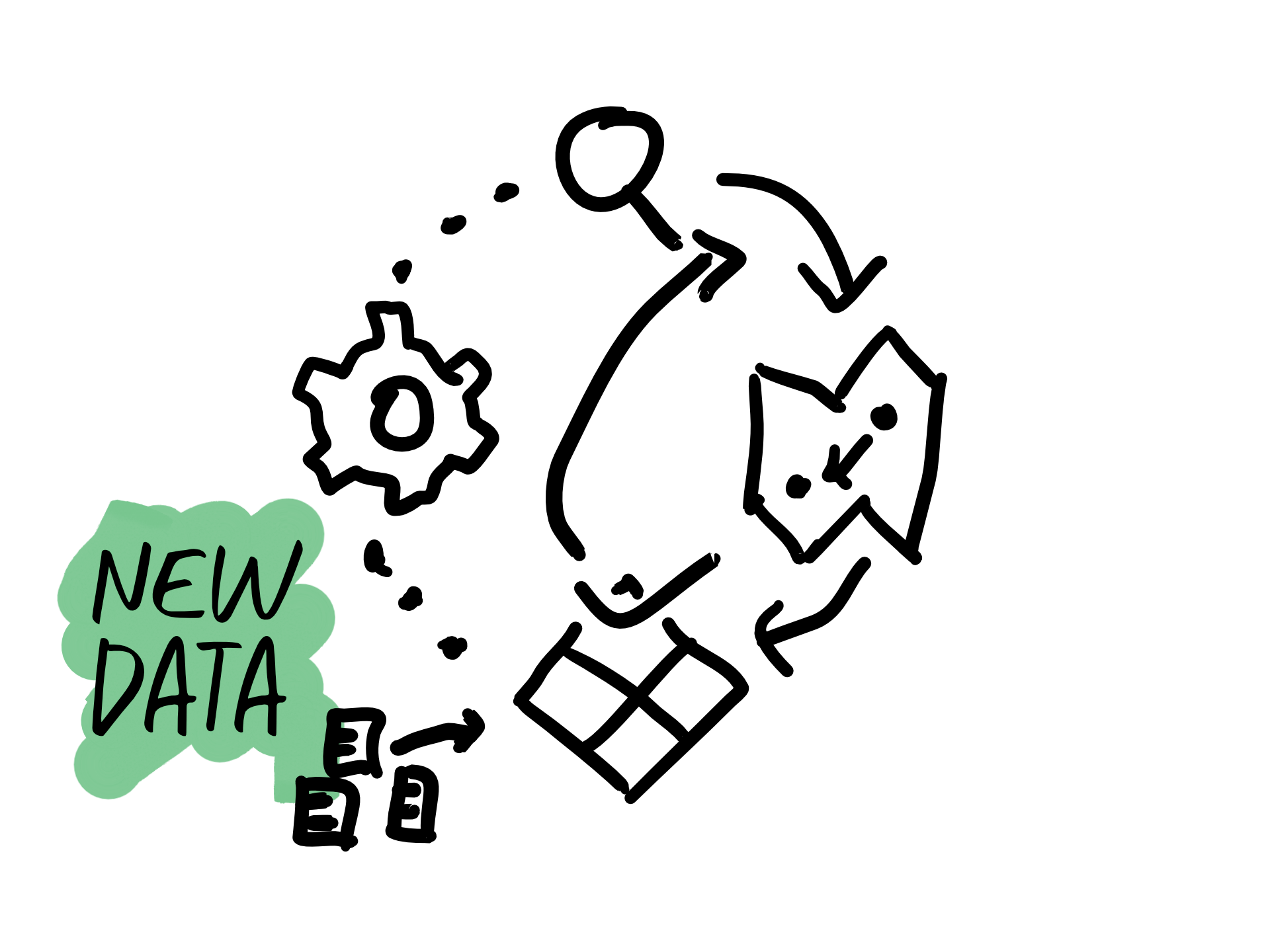Tempo in Communications Monitoring and Measurement
Did you ever read a situation report and wondered why this information is arriving now? Timing of a report is significant. And it is got everything to do with tempo.
Tempo is occasionally misunderstood. Usually, it is considered as the pace or speed of activity. But just the velocity of motion is not tempo – it is just that, speed.
To understand tempo, one should first understand the OODA loop. Created by John Boyd, the OODA loop is a useful framework for decision-making. You can also use it as a meta-tool to improve one’s decision-making.

OODA Loop consists of Observe – Orient – Decision – Action in that order. And the tempo is how fast you can go full circle around that loop.
Discerning tempo from speed is critical in every strategic process. But it is also especially crucial for evaluation and intelligence activities.

For example, if you were to set your contextual research activities to a higher pace than your operational pace, that would reset your OODA loop back to Orientation phase. And this would continuously disrupt your decision-making. This is one of the ambiguous ways how analysis paralysis impacts an organization.
That’s why timing your analysis products to your operational pace is important. It can impair decision-making and can damage the implementation efforts.
That said, it is also critical to be able to reset your loop when there is context-changing data. You would rather not be responding to an earlier problem later in the game.